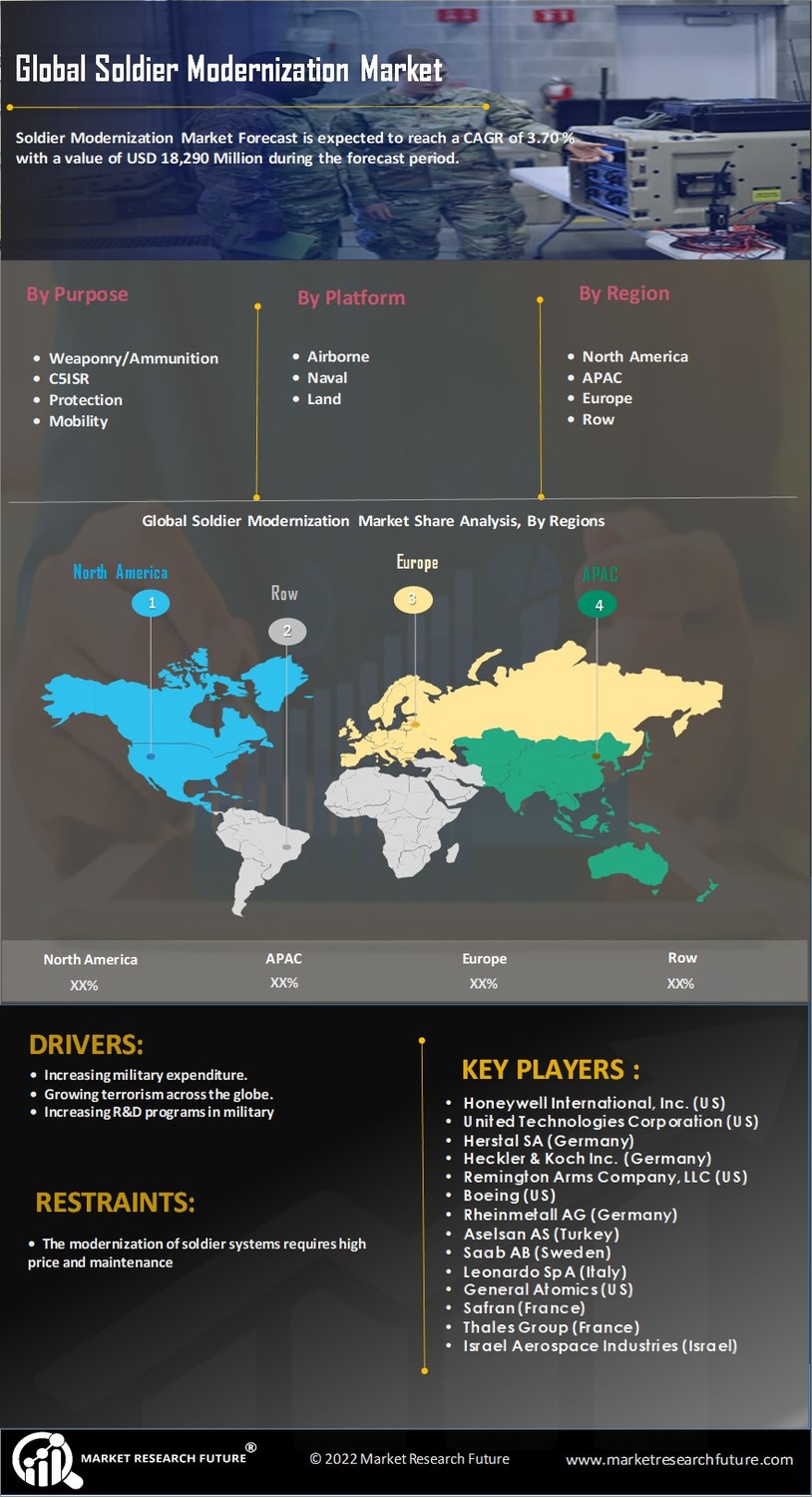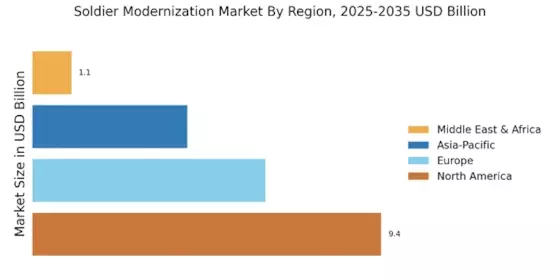The Soldier Modernization Market is an evolving landscape catering to the increasing demand for advanced soldier systems and technologies. As military forces ly seek to bolster their operational capabilities, the focus has turned toward enhancing the performance and survivability of individual soldiers on the battlefield.
This modernization encapsulates a range of elements, including wearable electronics, advanced weapon systems, cognitive training solutions, and innovative communication technologies, all aiming to empower soldiers with superior situational awareness, mobility, and lethality.
The market is marked by swift technological advancements, shifting defense budgets, and intense competition among key players. A robust understanding of market dynamics, trends, and competitor strategies is crucial for stakeholders to capitalize on growth opportunities in this significantly competitive environment.
General Dynamics plays a prominent role in the Soldier Modernization Market, leveraging its extensive experience and technological prowess to deliver cutting-edge solutions. With a strong background in developing advanced military systems, the company focuses on enhancing soldier effectiveness through its next-generation wearable technologies, integrated communications systems, and effective training platforms.
General Dynamics has made substantial investments in research and development initiatives to ensure that its offerings align with the evolving needs of military forces worldwide. The company's robust position is further augmented by its commitment to collaboration with defense agencies and other stakeholders, which facilitates the continuous improvement of its soldier modernization solutions.
This strategic focus on meeting specific operational requirements strengthens General Dynamics' foothold in the competitive soldier modernization domain.
Kongsberg Gruppen stands out in the Soldier Modernization Market through its emphasis on innovative combat solutions and user-centric design. The company has carved a niche for itself by integrating sophisticated technologies that enhance soldier capabilities and safety.
Kongsberg Gruppen's dedication to operational efficiency is evident in its array of advanced sensors, communication systems, and unmanned solutions that empower ground troops in challenging environments. The company's ability to adapt and respond to market demands speaks to its strengths, particularly in joint force operations where interoperability is critical.
By fostering strategic partnerships and continuously investing in state-of-the-art technologies, Kongsberg Gruppen positions itself as a formidable competitor in the soldier modernization landscape, offering solutions tailored to modern warfare requirements while maintaining a focus on durability and efficiency.


















Leave a Comment